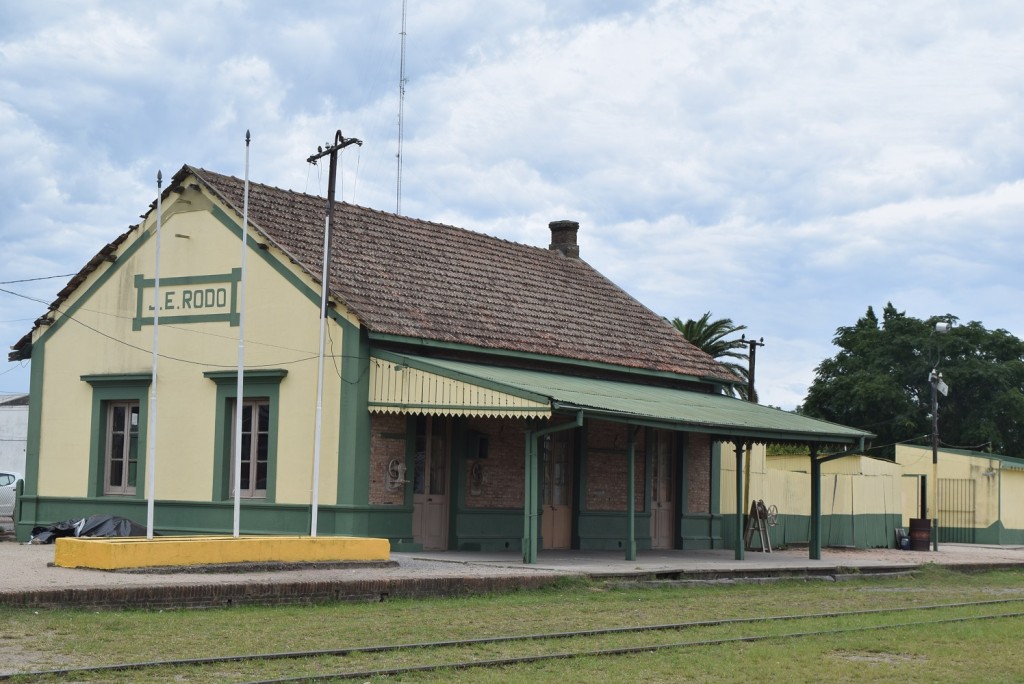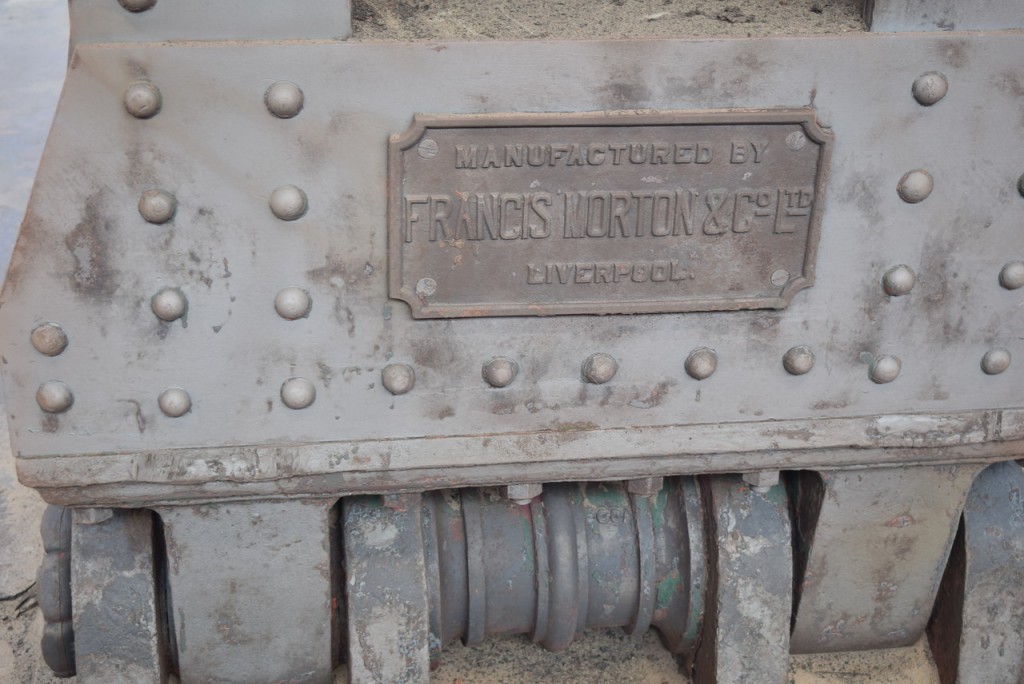One of the things that surprises European travellers (including those on business) in Latin America is the lack of trains. But in the last four years, since I relocated back to South America, I see the terms “railways” and “Latin America” brought together more and more often, but why?

It could be England, but it’s Uruguay.
Let me give you some railway and metro headlines from Latin America from the last year or so:
Mexico City metro will run on clean energy (manufactura.mx in Spanish)
Colombia funds Bogota urban rail projects (International Railway Journal)
Across Peru on South America’s first luxury sleeper train (FT)
Argentina: CRRC to modernise San Martín railway network (railwaypro)
Panama City takes delivery of more Metropolis metro cars (Metro Report)
Brazil plans US$2.2bn railway PPP tender (BN Americas)
Uruguay preps package of rail, highway PPP works (BN Americas)
More Alstom Metropolis cars ordered for Lima (Railway Gazette)
Chilean Congress calls for improvement to railways (BN Americas)
Also, there was a Metro LatAm conference this year in Lima and there will be a Rail LatAm conference in Santiago towards the end of the year (click here for more).
It is nothing new that Latin America has as huge infrastructure deficit and governments are looking to start, improve or expand rail networks. Financing large projects is a challenge, and many metro and railway projects have been hit by corruption scandals, delaying progress. Lack of thorough planning is also a concern. Chinese involvement has been strong – but not without its complications, as this NY Times article explains. I often get the impression that “nothing ever happens” behind the headlines, but I can see that this sector will become stronger in the next 10 years.
It’s a sector worth looking at if you are in the railway industry and thinking of exporting to Latin America, enough is starting to “go on” to justify getting here early – information and inside knowledge as well as contacts will be key to succeeding, as well as lots of patience. The UK has the expertise that Latin America needs, and also the tradition: many of the Latin American railways were set up by British immigrants (check out this great post about the “Nueva Manchester” of Uruguay, for example). “Made in Britain” products will also be valued because in this industry and in this region, origin does matter.

Industrial British Heritage at Retiro Train Station in Buenos Aires.
But I can’t guarantee you that it will be easy. What I’ve found most challenging trying to access this sector for clients is knowing who to speak to. Railway and metro projects are normally huge and involve local and foreign companies (with local workers, expats and overseas staff, which adds to the complexity), and it’s never too clear who is responsible for what (whether it’s a line or a design). Even very-well connected local distributors, I find, struggle to get to the decision maker, who is often an engineer on a temporary assignment or someone sitting in an office in Spain or France. But if you’ve already navigated this maze in other markets, then you’ll know what I mean.
As I said, knowledge is also key, because you’ve got to be able to read beyond the headlines and insight information is absolutely critical. Exploring one of this projects, an engineer told me that we had no chance to get our products specified because, since China was paying for it, China was also making sure that only Chinese products would be bought. Local distributors are often bypassed by large companies that buy in bulk from their European HQs, for example, paying little attention to technical specifications.
However, the opportunities are there – watch this space, railways in Latin America won’t be just for nostalgia fans anymore.
